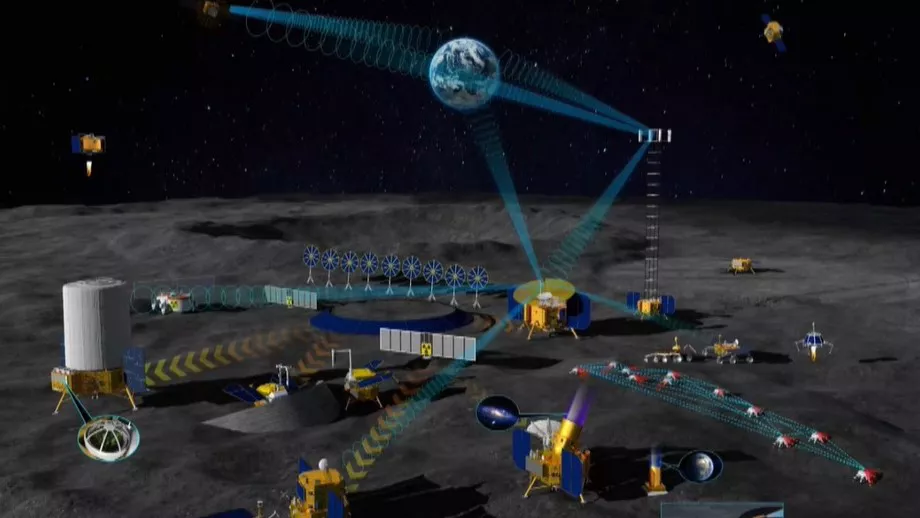
China has successfully tested a number of hot fire engines for a launch vehicle that can carry men to the moon.
On October 23, a kerosene-liquid oxygen engine underwent a 300-second mission duty cycle test, according to the Academy of Aerospace Liquid Propulsion Technology (AALPT).
Since late September, the engine has successfully completed three tests totaling 650 seconds.
The second stage of a new generation crew launch vehicle will be propelled by two of the engines, also known as the YF-100M.
A titanium alloy nozzle will be used by the vacuum-optimized engine.

According to a statement released on October 29 by the Beijing Aerospace Testing Technology Research Institute, a liquid hydrogen-liquid oxygen engine for the rocket's third stage recently reached the milestone of 10,000 seconds of testing.
Similar to AALPT, the China Aerospace Science and Technology Corporation is the institute's ultimate owner (CASC).

The largest space and defence company in the nation is CASC, which also serves as its primary space contractor.
Three five-meter-diameter cores, each equal to the size of the first stage of China's greatest rocket, the Long March 5, will be combined to create the new rocket.
Seven YF-100K kerolox engines, which are improved versions of the YF-100 engines used to power the Long March 5's side boosters, will be clustered together to power each core.
The YF-100K is further along in its development.
The Long March 5 Dengyue ("moon landing") or Long March 5G are other names for the new rocket.
It will have the capacity to inject 27 metric tonnes into the moon.

A crewed spacecraft and, independently, a landing stack, can be launched into lunar orbit using a pair of the new rockets.
This would make it possible for two astronauts to land on the moon.
Senior Chinese space authorities claim that before 2030, their nation would be able to carry out this plan for a brief lunar stay mission.
Prior to testing the larger, three stage variant, China also plans to conduct a test launch of the two-stage rocket in 2026.
A next generation human spacecraft will be launched into low Earth orbit using the partially reusable, single-stick, two-stage variation so that it can reach the Tiangong space station.

Though a crewed lunar landing has not yet received official approval from China's government, the country's space players and state media are openly discussing their plans to send a crew to the moon.
One of the more covert components of China's potential lunar landing design is the lunar lander portion.
In the 2030s, the nation also intends to build an International Lunar Research Station (ILRS) on the moon.

A plan for the project's implementation with Russia was announced in St. Petersburg in 2021.
A 25-ton thrust YF-79 expander cycle liquid hydrogen-liquid oxygen engine test has been conducted as work on another Chinese super heavy-lift launch vehicle advances, according to China Space News, an official magazine.
The engine is believed to power the third stage of one design for the Long March 9 rocket, which is currently under construction and could launch before the end of the decade.
Launches of lunar and space infrastructure, such as a proposed programme for solar electricity generated in orbit, will utilise the Long March 9.
Source: Click Here...
Edited By: Prabhjot Singh Maan ( LinkedIn ).